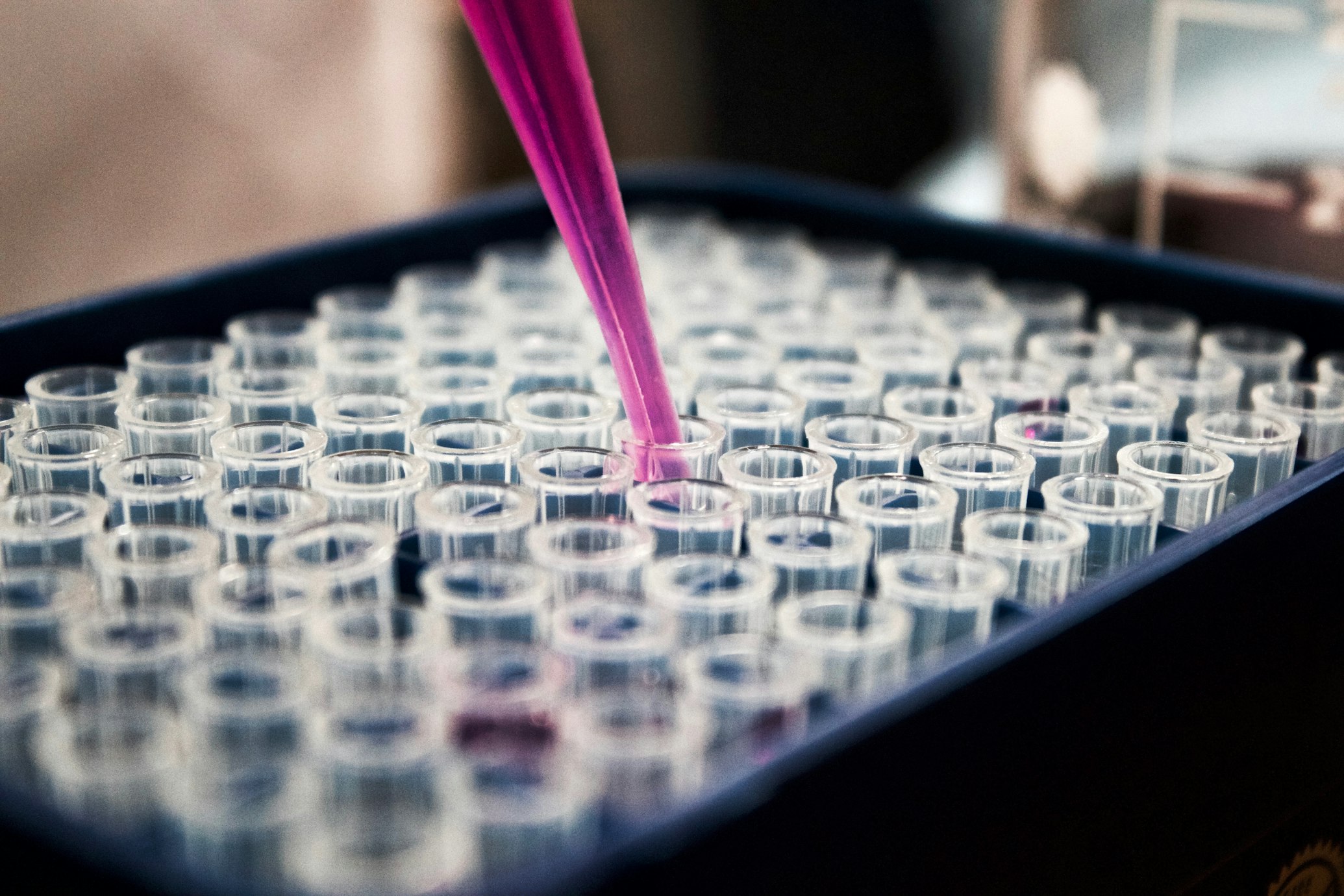The Nano-Detectives
How Mushroom Enzymes and Atom-Sized Sensors Are Revolutionizing Arginine Testing
Article Navigation
Why Arginine Matters: More Than Just an Amino Acid

Imagine an amino acid so vital that its levels can determine how well your blood vessels function, your wounds heal, or even how effectively cancer therapies work. L-arginine (Arg) is that molecule—a "conditionally indispensable" nutrient essential for producing nitric oxide (a master regulator of blood flow), detoxifying ammonia, and synthesizing proteins 1 2 .
While healthy adults produce enough Arg, premature infants, the elderly, and people with infections, liver disease, or genetic disorders often face dangerous deficiencies. This has fueled a booming market for Arg-enriched foods and supplements, where accurate quality control is critical 3 4 .
Traditional methods to measure Arg—like high-performance liquid chromatography or enzymatic assays—are slow, expensive, and require lab-bound equipment. Enter amperometric biosensors (ABSs): pocket-sized devices that convert biochemical reactions into electrical signals. But until recently, most Arg biosensors relied on two or more enzymes, increasing cost and complexity. A breakthrough emerged when scientists turned to an unexpected source: the deadly death cap mushroom (Amanita phalloides) and atomically engineered "nanozymes" 1 5 6 .
The Science Simplified: Enzymes, Electrons, and Nano-Tools
The Core Reaction: Arg → Signal
At the heart of these biosensors lies L-arginine oxidase (ArgO), an enzyme extracted from Amanita phalloides. ArgO catalyzes a reaction where Arg splits into 5-guanidino-2-oxopentanoate, ammonia, and hydrogen peroxide (H₂O₂) 1 6 . Older biosensors required a second enzyme (like natural peroxidase) to process H₂O₂ into a detectable current. This multi-enzyme approach was fragile and costly.
Key Nanozymes in Arg Biosensors
The game-changer? Peroxidase-like nanozymes (NZs)—nanoparticles that mimic peroxidase activity. Three types stand out:
When ArgO and NZs are paired on a graphite electrode, ArgO generates H₂O₂, and the NZs split it into water and oxygen, releasing electrons. This electron flow creates a current proportional to Arg concentration 1 7 .
| Nanozyme | Synthesis Method | Key Advantage |
|---|---|---|
| nCeCu | Chemical reduction | High sensitivity, low-cost metals |
| nNiPtPd | Sodium borohydride reduction | Broad linear detection range |
| gCuHCF | Enzyme-assisted green synthesis | Eco-friendly, stable |

Nanozyme Structure
Electron microscope image of peroxidase-like nanozymes used in arginine biosensors.

Biosensor Design
Schematic of the amperometric biosensor using ArgO and nanozymes for arginine detection.
Inside the Breakthrough Experiment: Building a Smarter Sensor
Methodology: From Mushrooms to Electrodes
In a landmark 2021 study (Applied Sciences), researchers followed this protocol 1 5 :
- Harvested Amanita phalloides caps.
- Isolated ArgO via ammonium sulfate fractionation and ion-exchange chromatography.
- Verified activity by measuring H₂O₂ production (using pink dye formation with o-dianisidine).
- nCeCu: Mixed cerium chloride, copper sulfate, and sodium sulfide.
- nNiPtPd: Combined nickel/platinum/palladium salts, reduced with sodium borohydride.
- gCuHCF: Used flavocytochrome b₂ enzyme to catalyze hexacyanoferrate formation.
- Coated graphite electrodes with ArgO + NZ mixtures.
- Encased in Nafion (a stabilizing polymer).
- Tested in buffer solutions with incremental Arg additions.
Results: Precision Meets Practicality
- Sensitivity 0.2 µM detection limit
- Accuracy (Tivortine) <1% deviation
- Stability >14 days
| Sample Type | nCeCu/GE Result | nNiPtPd/GE Result | Reference Method Result | Correlation (R) |
|---|---|---|---|---|
| Tivortine (pharma) | 19.7 mg/mL | 19.8 mg/mL | 19.9 mg/mL | 0.995 |
| Apple juice | 32.5 µM | 33.1 µM | 32.8 µM | 0.992 |
| Red wine | 11.4 µM | 11.2 µM | 11.5 µM | 0.987 |
The Scientist's Toolkit: Essential Reagents for Nano-Biosensors
| Reagent/Material | Function | Role in Arg Detection |
|---|---|---|
| L-arginine oxidase (ArgO) | Biocatalyst from Amanita phalloides | Converts Arg → H₂O₂ (signal generator) |
| Peroxidase-like nanozymes | Artificial enzymes (e.g., nCeCu, nNiPtPd) | Amplify H₂O₂ signal → measurable current |
| Graphite electrode | Conductive platform | Immobilizes ArgO/NZ; transmits electron flow |
| Nafion polymer | Stabilizing matrix | Prevents enzyme leaching; enhances durability |
| o-Dianisidine | Chromogenic dye | Validates H₂O₂ production in enzyme assays |
The Future: From Lab Benches to Smartphones
These biosensors aren't just lab curiosities. Their portability, speed (results in minutes), and low cost make them ideal for:
- Food & Pharma QC: Testing supplements, juices, or wines onsite 1 4 .
- Medical Diagnostics: Monitoring Arg in critical care (e.g., sepsis, liver failure) 6 7 .
- Personalized Nutrition: Wearable sensors tracking nutrient levels in real-time.
Ongoing advances aim to replace graphite with screen-printed electrodes (enabling disposable strips) and integrate wireless data transmission. Meanwhile, genetically encoded Arg sensors like ArgS1 are enabling real-time tracking in living cells, revealing how cancer cells starve without external Arg 7 .
"The merger of biology and nanotechnology is transforming diagnostics. What took hours now takes minutes, and what required a lab now fits in your pocket."

Future Applications
Potential uses of arginine biosensors in healthcare and food industry.